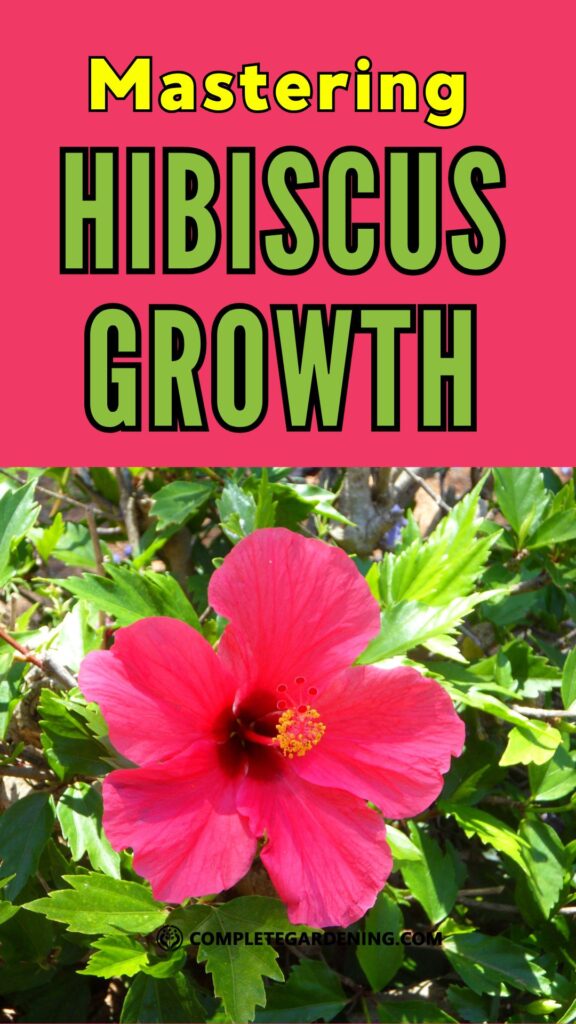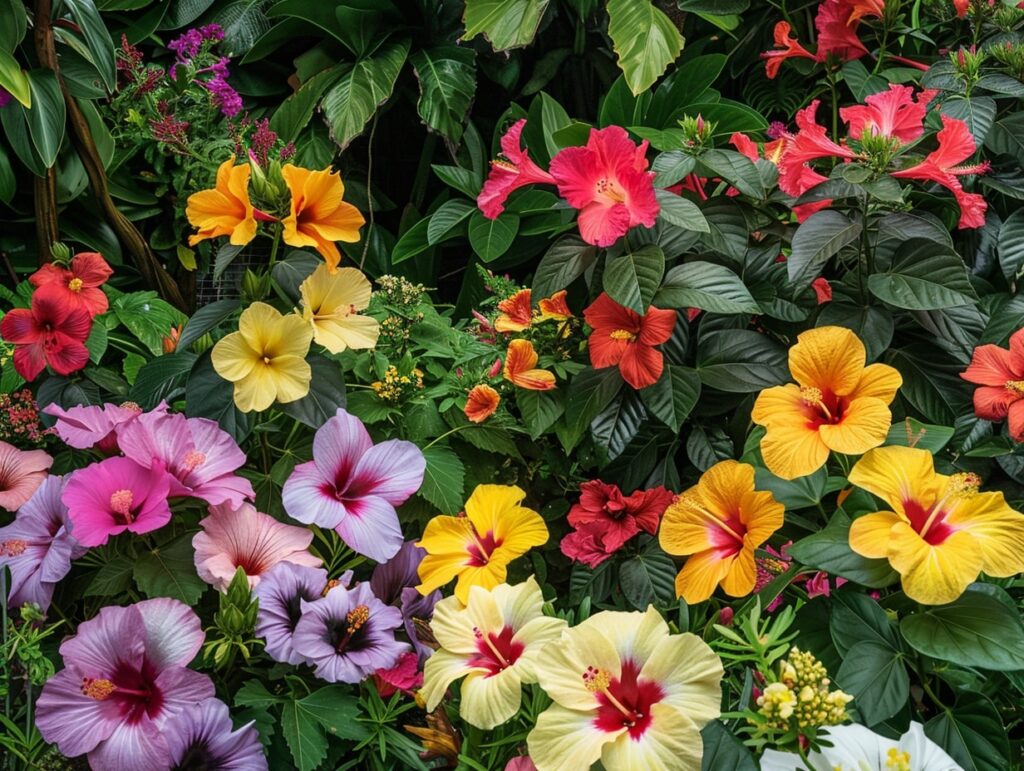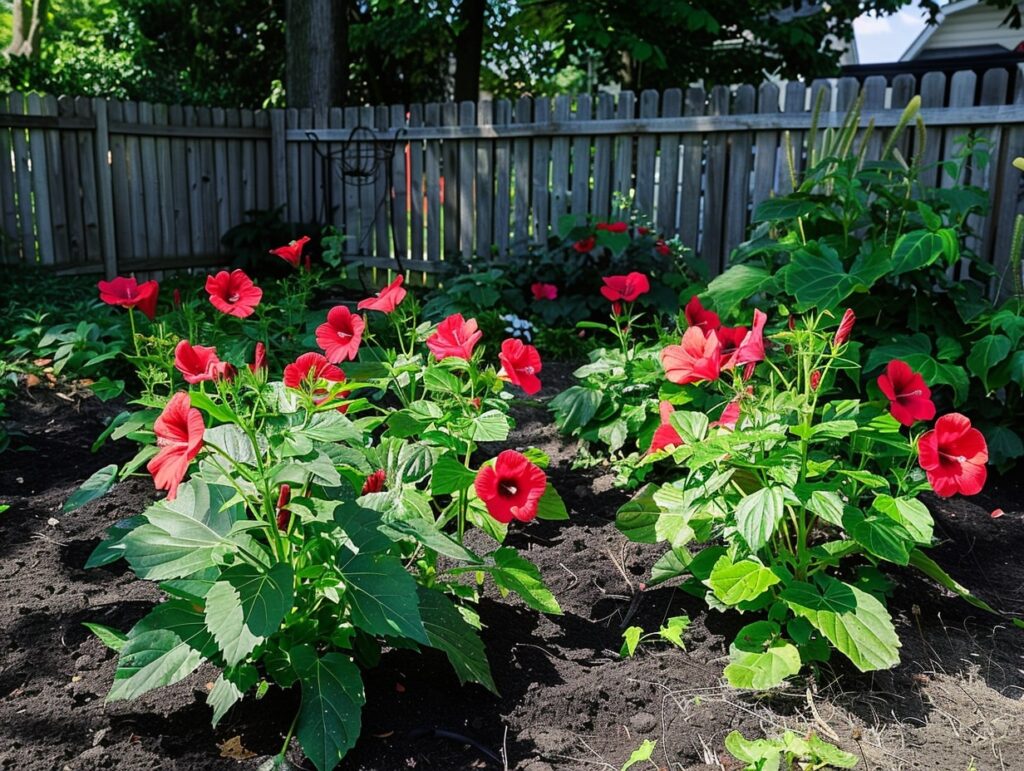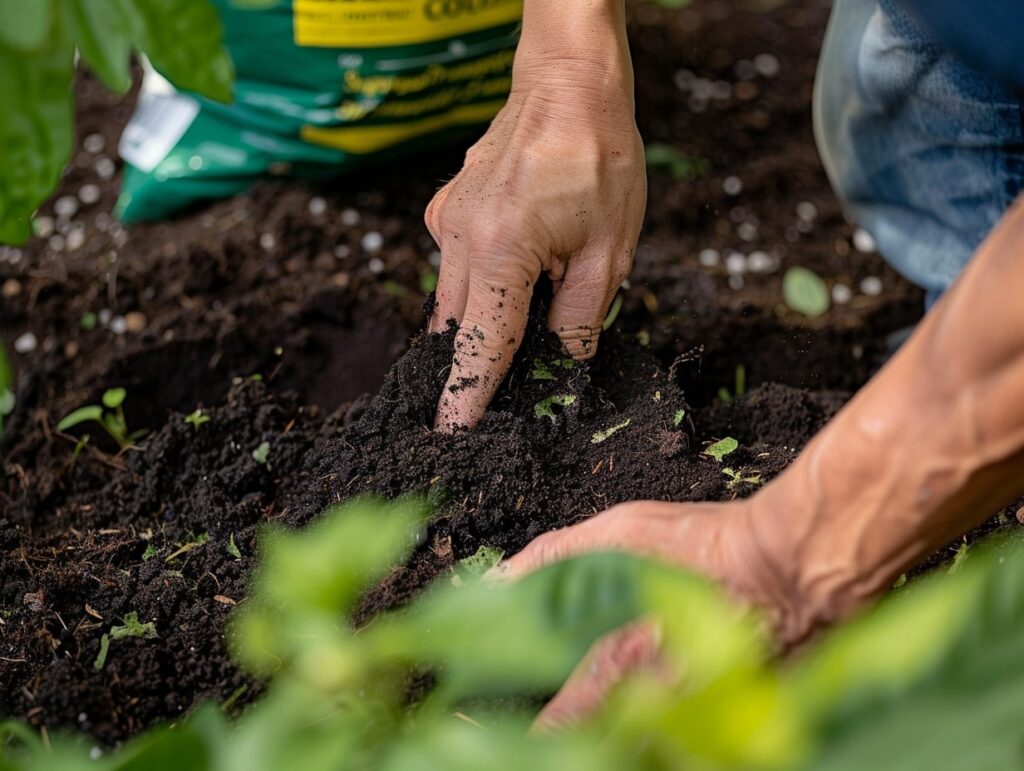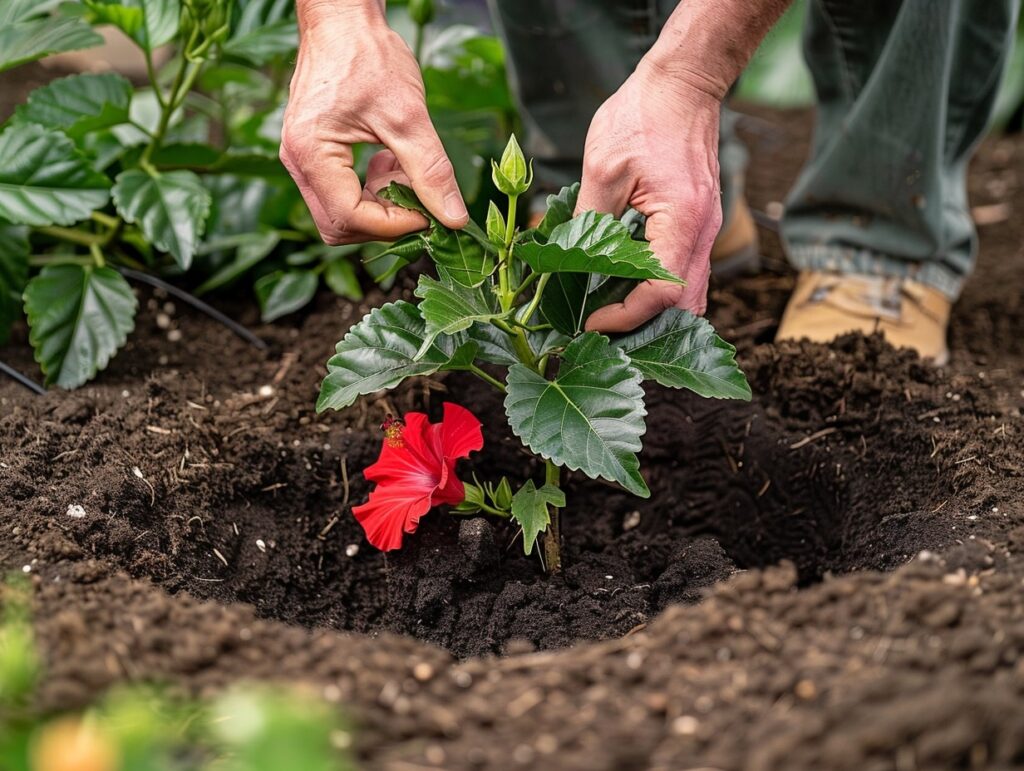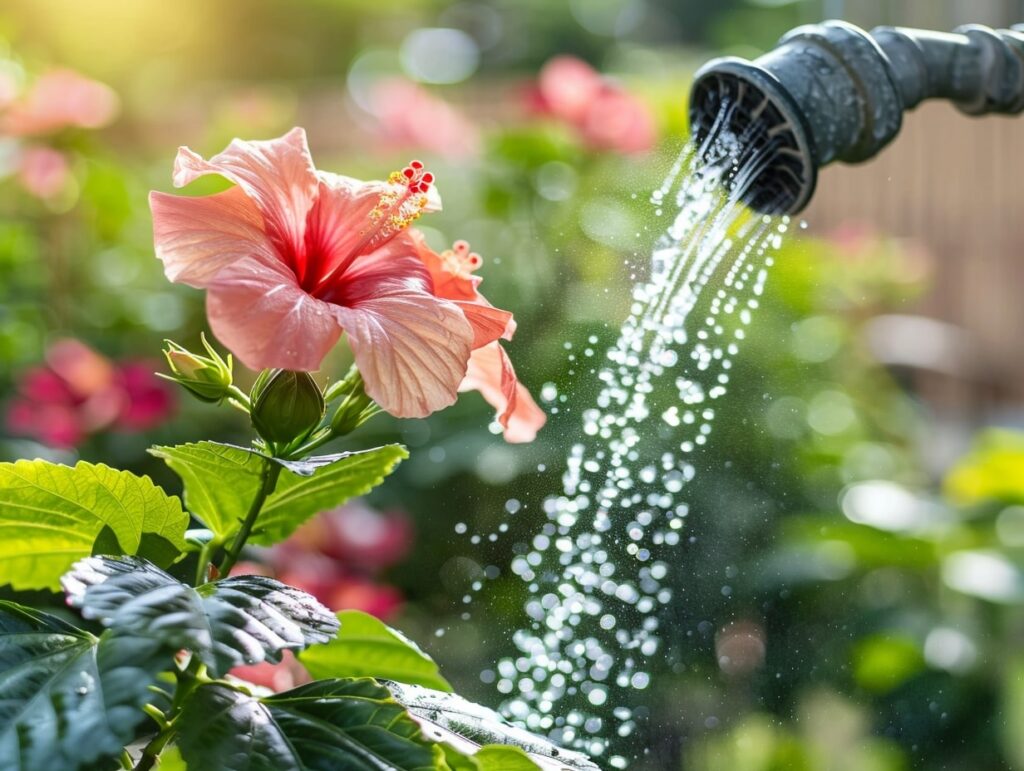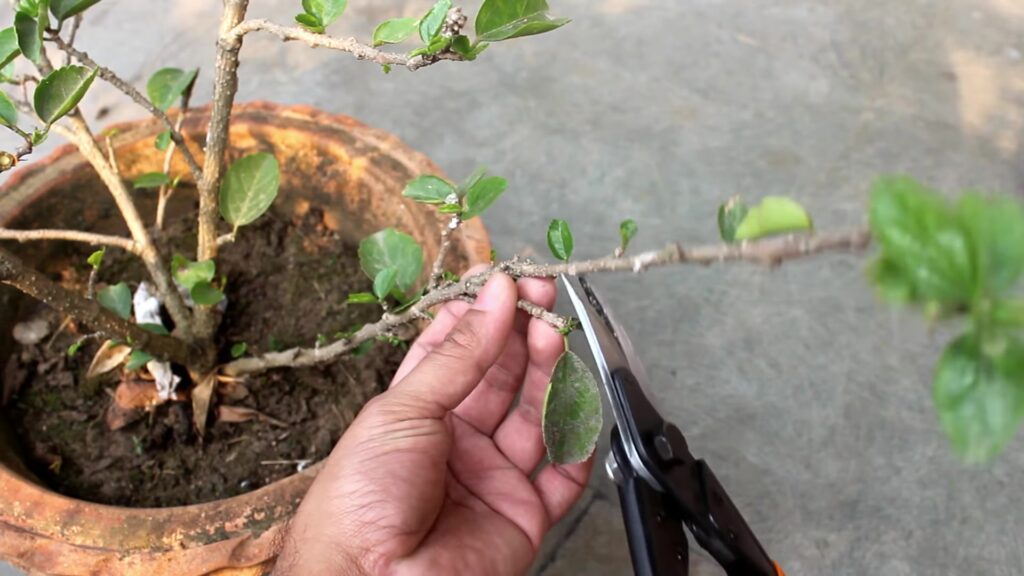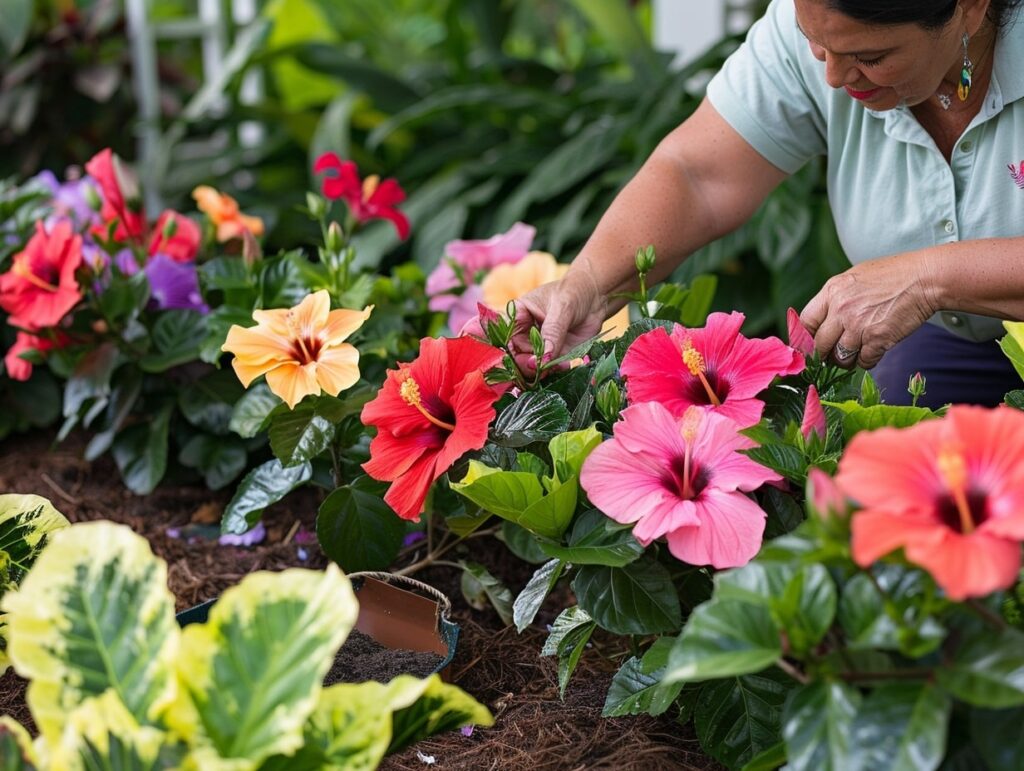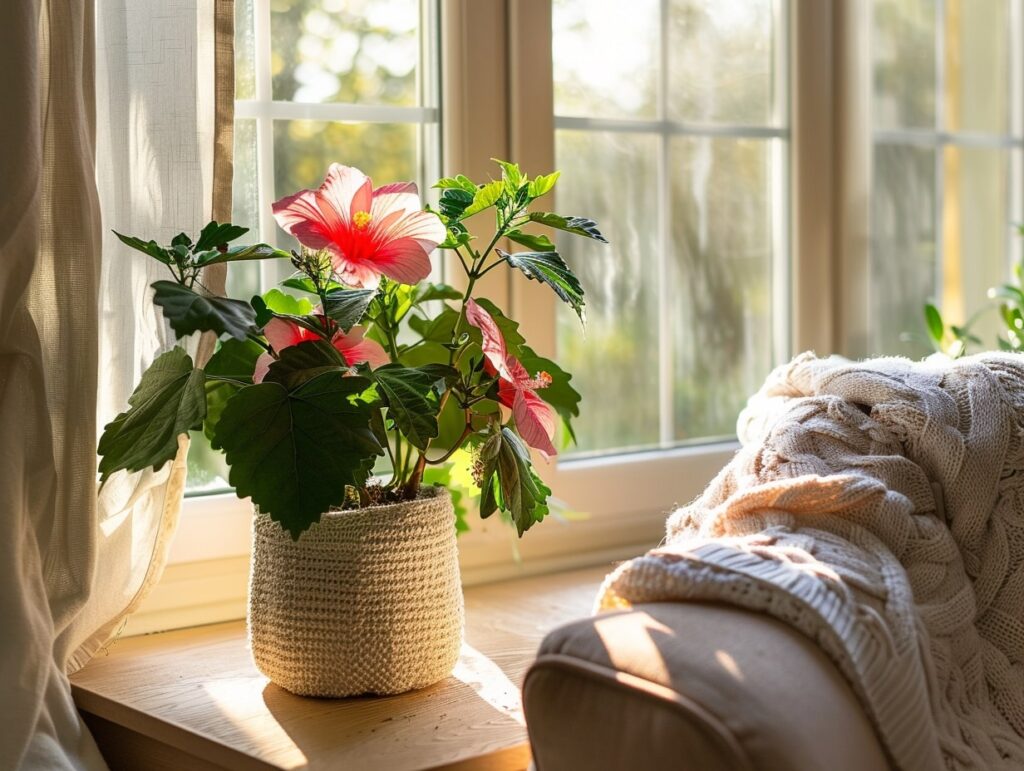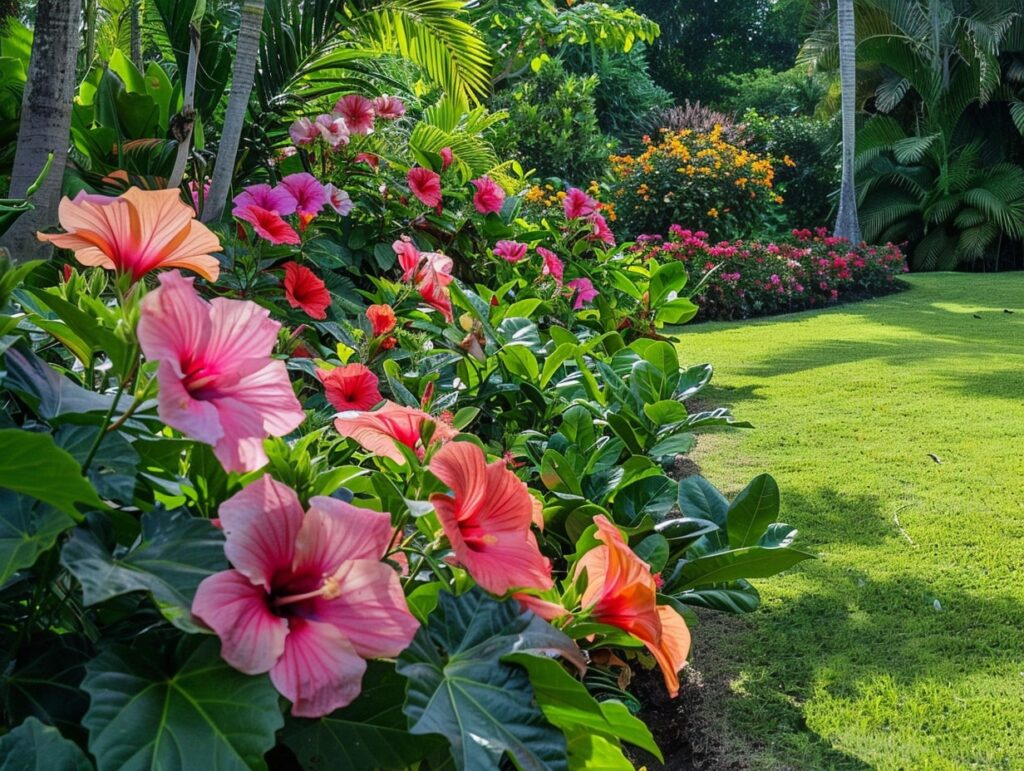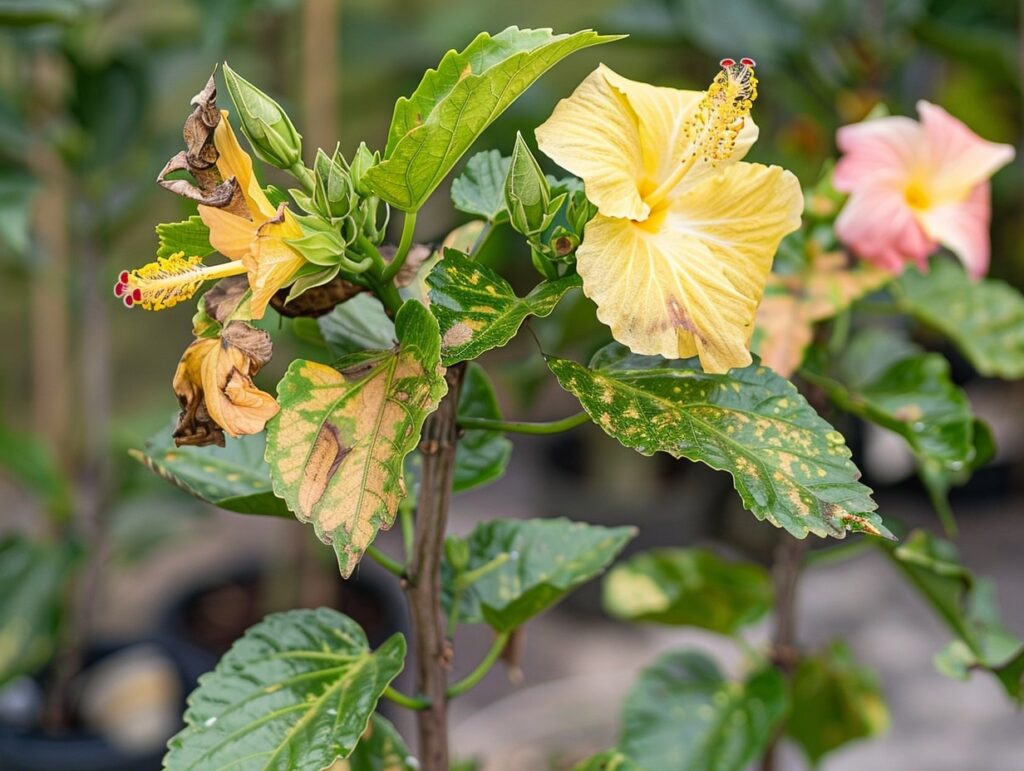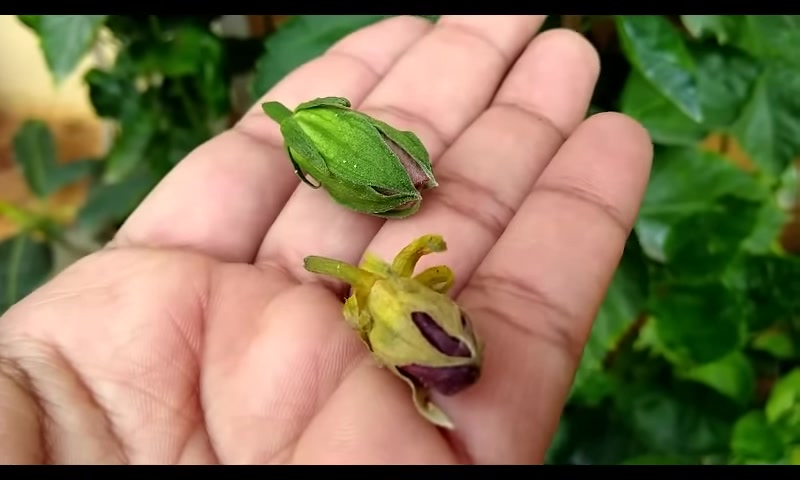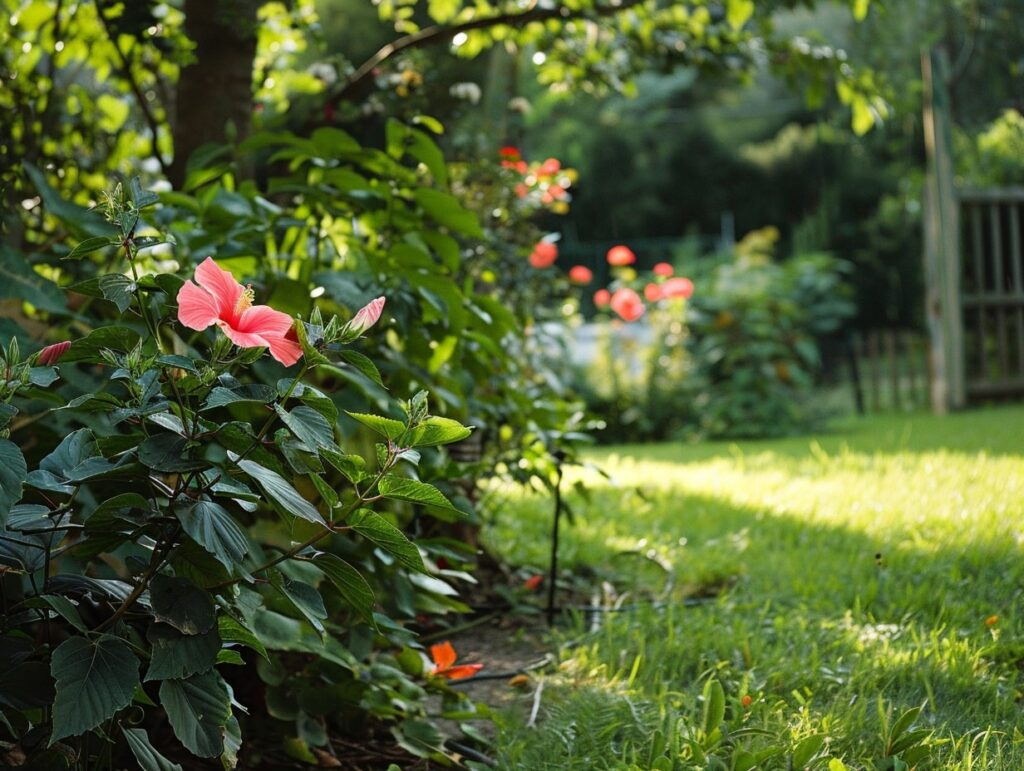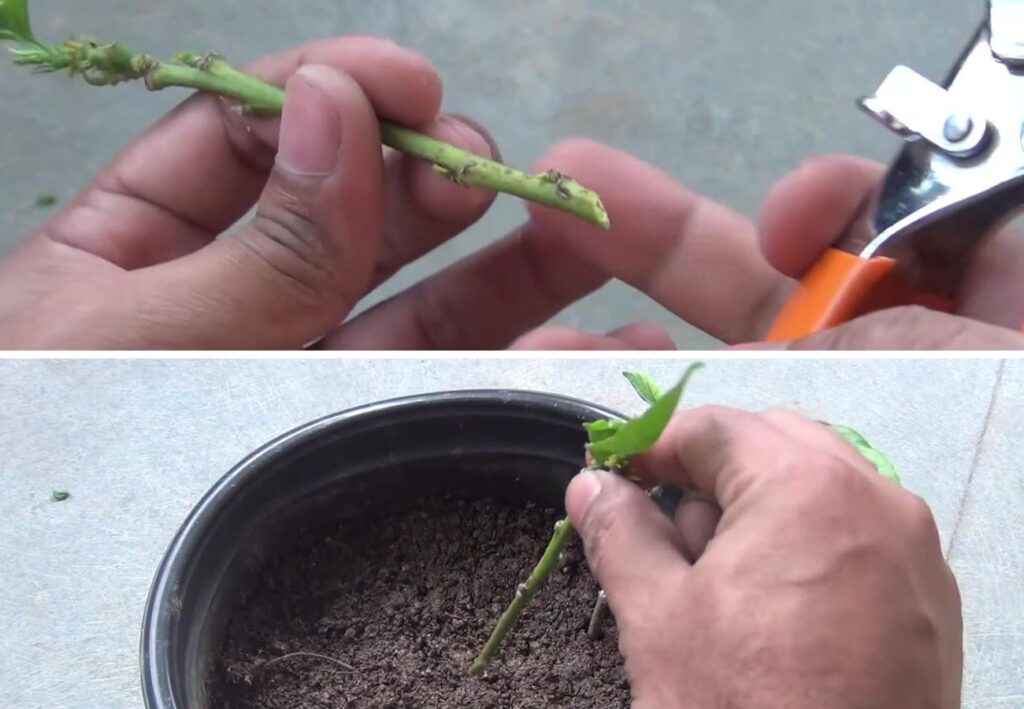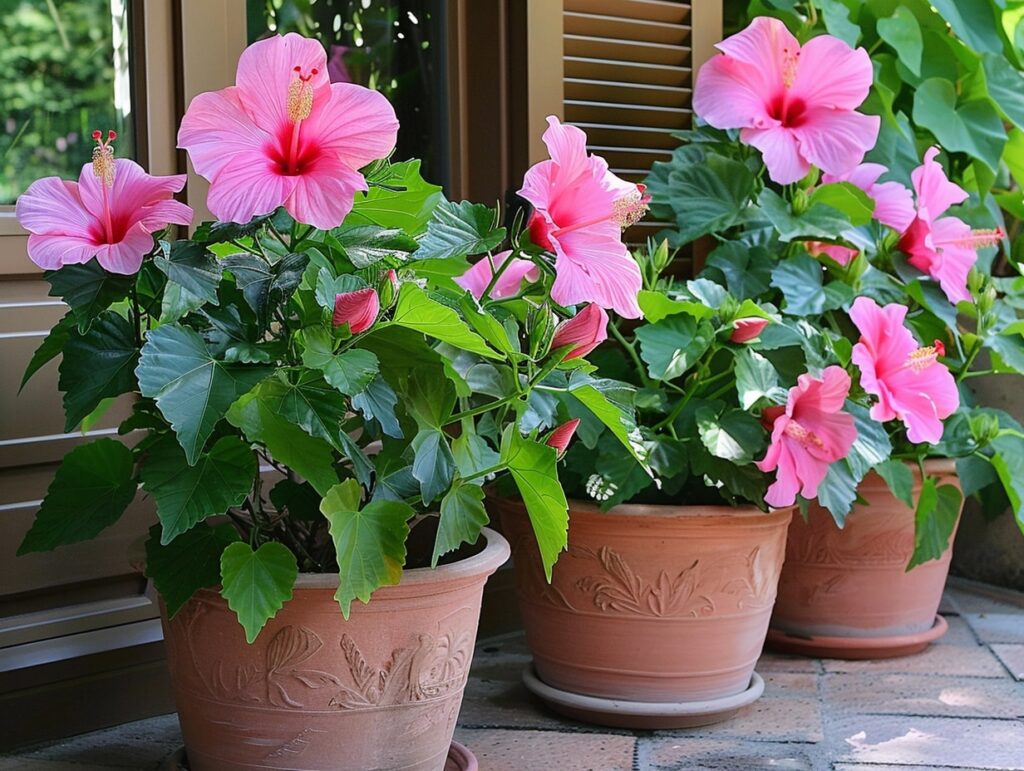Looking to add a splash of tropical beauty to your garden? Hibiscus plants are renowned for their stunning, vibrant flowers that can brighten any outdoor space.
By understanding their specific care needs, you can enjoy these beautiful blooms throughout the season.
Hibiscus thrives in warm climates and requires plenty of sunlight to flourish. Make sure to plant them in well-draining soil and water them consistently to keep the soil moist, but not waterlogged.
With the right care, these plants can grow into impressive specimens, adding color and charm to your garden.
Pruning your hibiscus regularly encourages new growth and more flowers. Additionally, feeding them with a balanced fertilizer ensures that they get the nutrients they need. With these simple tips, your hibiscus will thrive, rewarding you with abundant, showy blooms.
Choosing the Right Hibiscus
Picking the right hibiscus involves understanding the different types available and making sure you place them in an optimal location. This ensures healthy growth and beautiful blooms.
Types of Hibiscus Plants
Hibiscus plants come in various types, including tropical and hardy varieties. Tropical hibiscus thrives in warm climates and produces large, vibrant flowers. These types need lots of sunshine and are best suited for USDA Zones 9-11.
On the other hand, hardy hibiscus can survive in cooler climates, typically in USDA Zones 4-9, and still produce stunning blooms.
Consider color and size when selecting a hibiscus. Tropical hibiscus offers a wider range of colors, from bright yellows and oranges to deep reds and purples. Hardy hibiscus usually comes in shades of white, pink, and red.
Also, think about the plant’s height; some grow up to 15 feet tall, while others remain compact.
Selecting the Perfect Location
Proper sunlight and spacing are critical for hibiscus plants. Ensure they get at least 6 hours of full sun daily. If you live in an extremely hot area, partial shade during the peak afternoon heat can prevent scorching.
Soil quality also matters. Hibiscus prefers well-draining soil enriched with organic matter. If your soil is heavy clay, consider amending it with compost or planting the hibiscus in raised beds or containers.
Mind the spacing — each plant needs room to grow without competition. Maintain enough space between plants to ensure good air circulation.
Wind protection is another consideration. High winds can damage the delicate branches and flowers. Planting your hibiscus near structures like fences or buildings that can offer some shelter from strong winds will help keep them safe and healthy.
Planting Your Hibiscus
Planting hibiscus requires special attention to soil preparation, specific planting steps, and consistent watering.
Soil Preparation
Choose well-draining soil with a slightly acidic to neutral pH (around 6.0 to 7.0). Sandy loam or loamy soil is ideal. You can amend heavy clay soils with sand, peat moss, or compost to improve drainage.
Consider using compost or organic matter to enrich the soil. This ensures nutrients are readily available, promoting healthy growth.
Avoid waterlogged soil, as hibiscus roots are prone to rot.
Planting Steps
Select a sunny spot with at least 6 hours of sunlight per day. Dig a hole twice the width of the root ball but only as deep as the root height.
Place the hibiscus in the hole, ensuring the top of the root ball is level with the soil surface. Backfill with soil, gently firming it around the roots.
Water thoroughly after planting to settle the soil and eliminate air pockets.
Watering Requirements
Water regularly to keep the soil moist but not soggy. During the growing season, hibiscus plants may require watering 1-2 times per week. In hotter months, more frequent watering could be necessary.
Use mulch around the base of the plant to retain moisture and regulate soil temperature. Avoid getting the foliage wet to prevent fungal issues.
Ongoing Care and Maintenance
Regular care and maintenance are essential for a vibrant and healthy hibiscus plant. Key areas include proper pruning, a fertilization schedule, and managing pests and diseases.
Pruning Techniques
Proper pruning encourages healthy growth and blooming. Use sharp, clean shears to remove dead or crossing branches.
Prune in late winter or early spring. Focus on cutting back to a node to promote branching. Remove no more than one-third of the plant’s size to avoid stress.
Regular pruning helps in shaping the plant and increasing air circulation.
Pest and Disease Management
Hibiscus plants are prone to pests like aphids, spider mites, and whiteflies. Consider using insecticidal soap or neem oil for control.
Check leaves regularly for signs of pest infestation. Rotate treatments to prevent resistance.
Fungal diseases like leaf spot can occur. Ensure good airflow by not overcrowding plants and remove affected leaves promptly. Use fungicides if necessary.
Fertilization Schedule
Hibiscus plants need a scheduled fertilization routine. Use a balanced, water-soluble fertilizer with an N-P-K ratio of 10-10-10.
Feed every two weeks during the active growing season (spring to early fall). Reduce frequency to once a month in late fall and winter.
Apply fertilizer after watering to avoid root burn.
Seasonal Considerations
Providing proper care for your hibiscus throughout the different seasons ensures healthy growth and vibrant blooms.
Winter Care
During winter, hibiscus plants need some extra attention to survive the colder temperatures. If you live in a region with freezing winters, it’s essential to bring your hibiscus indoors before the first frost. Place it in a bright, sunny spot away from drafts and heat sources.
Indoor Care: Keep the temperature between 55-70°F. Water less frequently, allowing the soil to dry out slightly between waterings. Reduce fertilizer use as the plant’s growth will slow down in the colder months.
Outdoor Plants: For those growing hibiscus outdoors in milder climates, use mulch to insulate the roots and protect them from temperature fluctuations. Cover the plant with frost cloth if temperatures dip below freezing.
Summer Tips
In the summer, hibiscus plants thrive with proper sunlight and watering. Aim to place your hibiscus in a location where it will receive at least 6-8 hours of direct sunlight daily. Morning sun is ideal, as it helps avoid the intense afternoon heat.
Watering: Hibiscus plants need plenty of water during hot weather. Water daily, especially during heatwaves, and ensure the soil remains consistently moist but not waterlogged. Use a well-draining potting mix to prevent root rot.
Pruning and Fertilizing: Deadhead spent flowers to encourage new blooms. Use a balanced, water-soluble fertilizer every 2-3 weeks to promote vigorous growth and flowering. Prune lightly to maintain shape and remove any dead or diseased branches.
Common Issues and Solutions
Even with the best care, hibiscus plants can sometimes face challenges. Here are some common issues and how to address them.
Yellow Leaves
Yellowing leaves can indicate several problems, including over-watering, under-watering, or nutrient deficiencies. Ensure you are watering appropriately and consider testing your soil’s nutrient levels. Adjust your fertilization schedule if needed.
Bud Drop
Bud drop, where flower buds fall off before opening, can be caused by sudden temperature changes, inconsistent watering, or pest infestations. Maintain consistent care routines and inspect for pests regularly.
Poor Flowering
If your hibiscus isn’t flowering well, it may not be getting enough sunlight, or it might need more nutrients. Ensure the plant receives adequate sunlight and consider increasing the frequency of fertilization during the growing season.
Propagating Hibiscus
If you want to expand your hibiscus collection or share it with friends, propagation is a rewarding process.
Cutting Method
The most common propagation method is by taking cuttings. Select a healthy, non-flowering stem and cut about 4-6 inches from the tip. Remove the lower leaves and dip the cut end in rooting hormone.
Plant the cutting in a pot with well-draining soil and keep it moist. Place the pot in a warm, bright location but out of direct sunlight. Roots should develop in a few weeks, after which you can transplant the new plant outdoors.
Hibiscus in Container Gardening
For those with limited garden space, hibiscus can also be grown in containers. This method offers flexibility in moving the plants indoors during cold weather or to different locations to optimize sunlight exposure.
Choosing the Right Container
Select a container with drainage holes to prevent waterlogging. A container with a diameter of at least 12 inches is recommended for a single hibiscus plant.
Soil and Watering
Use a well-draining potting mix and water frequently to keep the soil moist. Container plants may need more frequent watering than those planted in the ground due to quicker drying out.
Adding hibiscus to your garden can transform it into a tropical paradise with their vibrant, showy blooms. By choosing the right type, planting them correctly, and providing ongoing care, you can enjoy these stunning flowers for years to come.
Whether you opt for the hardy varieties that can withstand cooler climates or the tropical types that bring a burst of color, hibiscus plants are a fantastic addition to any garden.
With attention to their needs throughout the seasons, these beautiful plants will reward you with continuous, lush blooms.

